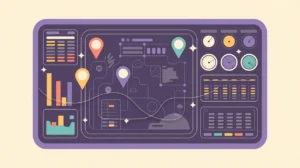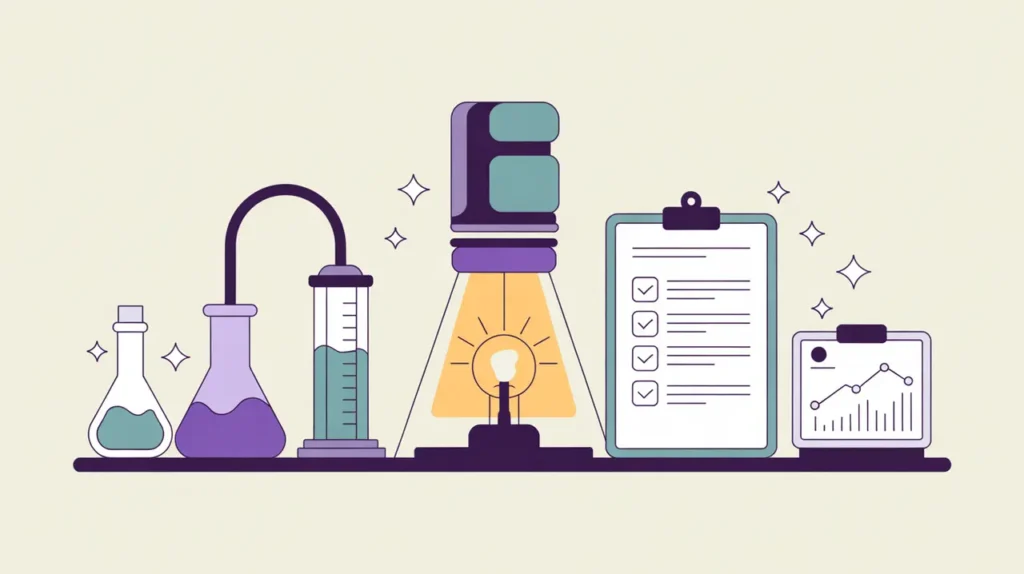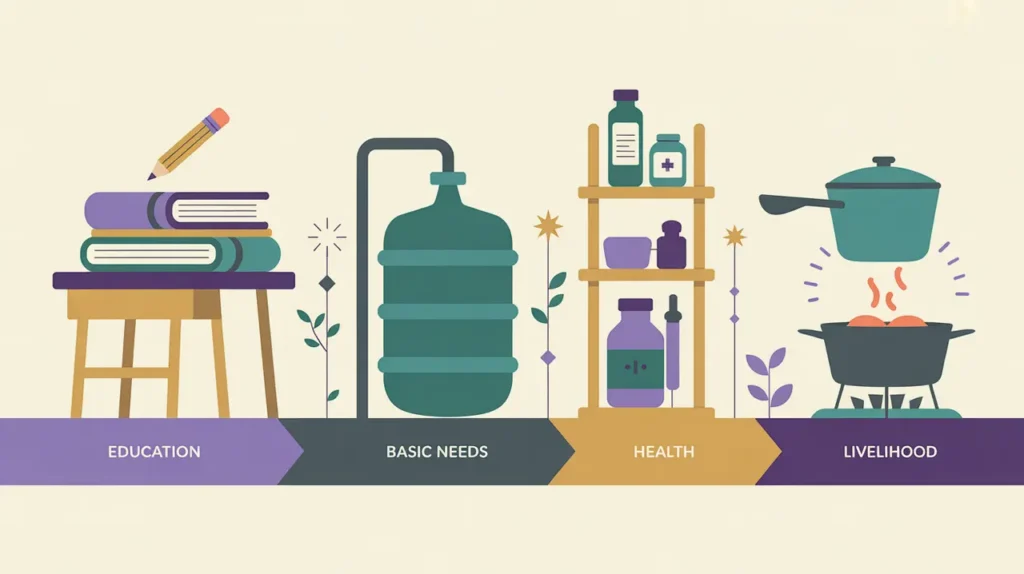What Does Solution Design & Prototyping Involve?
Solution design and prototyping is the stage where insights from discovery are transformed into models that can be tested. It focuses on shaping interventions into concrete forms, whether that's a service model, a digital tool, a curriculum, or a physical product. Prototyping allows teams to explore ideas quickly, learn from failures at low cost, and refine solutions before committing significant resources.
In practice, solution design involves translating user needs into design requirements, sketching alternative approaches, and choosing the most viable options. Prototyping can range from simple wireframes and mock-ups to live pilots in controlled environments. The goal is not to build perfection, but to make ideas tangible enough that stakeholders and users can interact with them and provide feedback.
Organizations that skip prototyping risk investing in untested concepts that later prove unusable or irrelevant. By contrast, thoughtful design and rapid prototyping increase the likelihood of adoption and impact, while fostering a culture of innovation and iteration.
What Competencies are Associated with this Role?
Design and prototyping require creativity, translation, and testing skills. Competencies include:
- Translating user research into design requirements
- Generating and sketching alternative solution concepts
- Applying design thinking and human-centered design methods
- Creating wireframes, storyboards, or mock-ups
- Building low- or mid-fidelity prototypes for feedback
- Coordinating co-design sessions with users and stakeholders
- Documenting design decisions and iterations
- Evaluating feasibility, usability, and desirability
- Integrating program, finance, and operational considerations
- Adapting prototypes based on feedback and testing
How Might AI and Automation Help this Role?
AI and automation can accelerate design cycles and enhance creativity. Opportunities include:
- Generative AI for rapid prototyping of text, visuals, or interfaces
- Automated user testing with simulated interactions
- AI-assisted wireframing and design tools
- Natural language generation for scenario and storyboard creation
- Predictive analysis of prototype feasibility or risks
- Automated feedback synthesis from multiple user inputs
- AI-powered visualization and mock-up generation
- Tools that auto-document design changes across iterations
What are the Roles by Experience Level?
Roles progress from design support to strategic innovation leadership:
- Entry: Design Assistant, Prototyping Associate – prepare mock-ups, manage co-design logistics, test basic prototypes
- Mid: Solution Designer, UX/UI Specialist – lead design sessions, build wireframes, refine prototypes based on feedback
- Senior: Design Manager, Innovation Lead – oversee prototyping strategy, integrate design into broader solution development
- Executive: Director of Innovation, Chief Solution Officer – set design standards, foster organizational innovation, align prototyping with mission strategy
How Transferable are the Skills from this Role?
Design and prototyping skills are highly transferable to roles in innovation, technology, education, and product development. Within nonprofits, they strengthen program innovation, digital transformation, and service design. Beyond nonprofits, these skills align with UX/UI, product management, and creative industries. The ability to move from abstract insights to tangible models is valuable in any setting that seeks to innovate responsibly. Professionals skilled in prototyping gain fluency in iteration, testing, and adaptive design. These capacities are central to both social impact and commercial markets.







